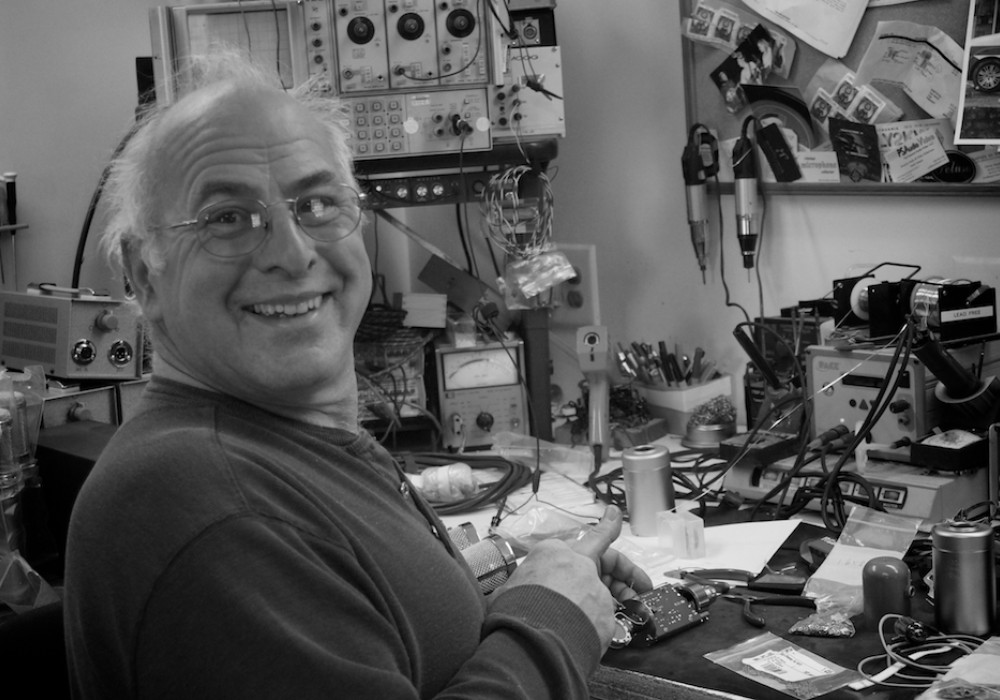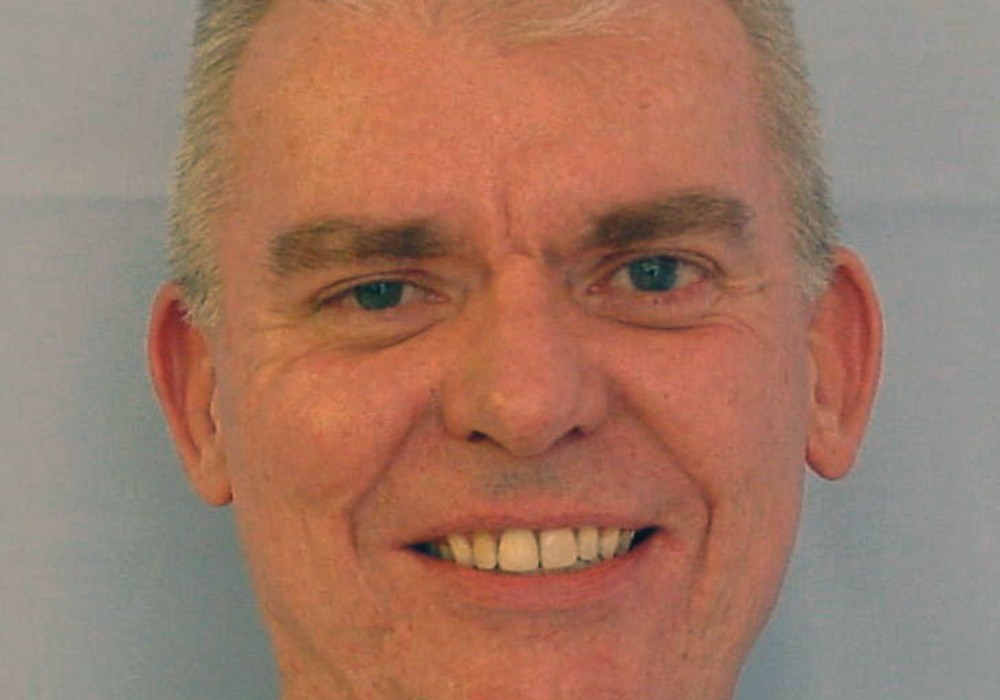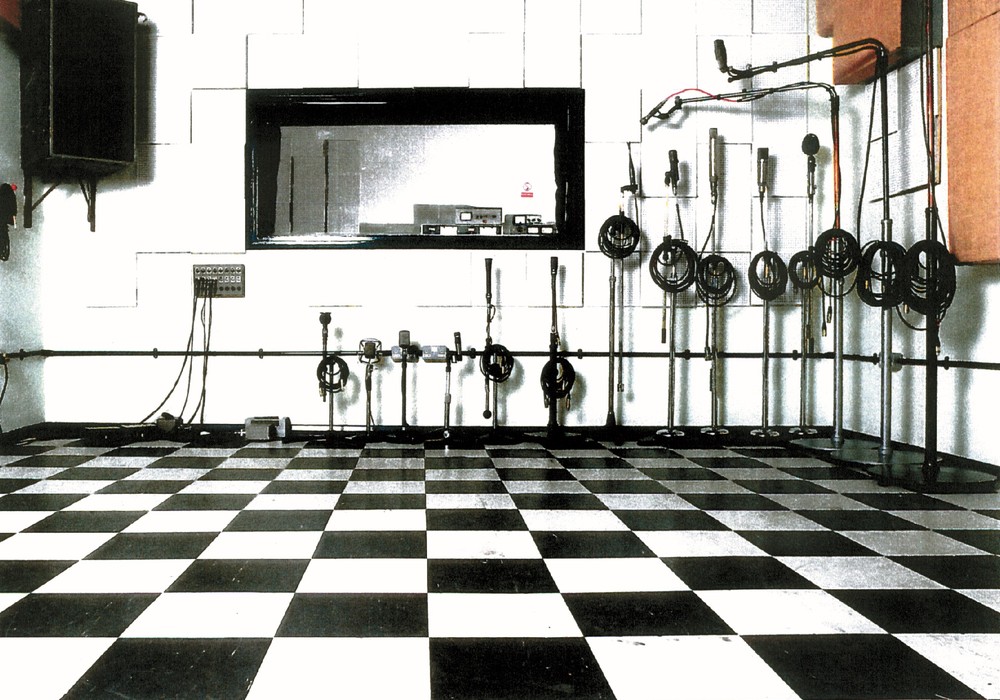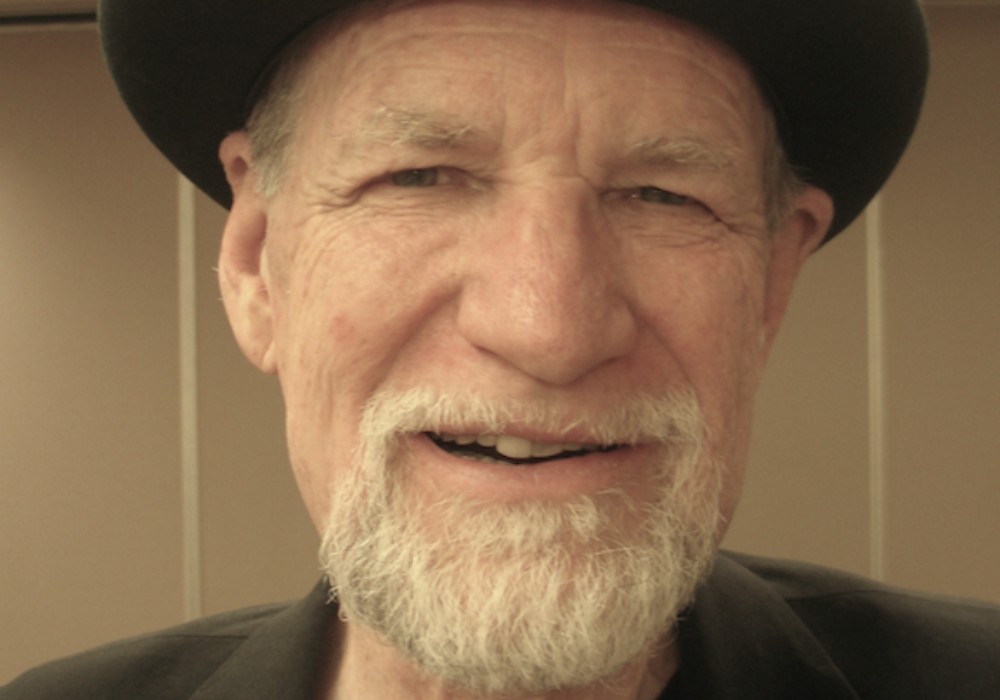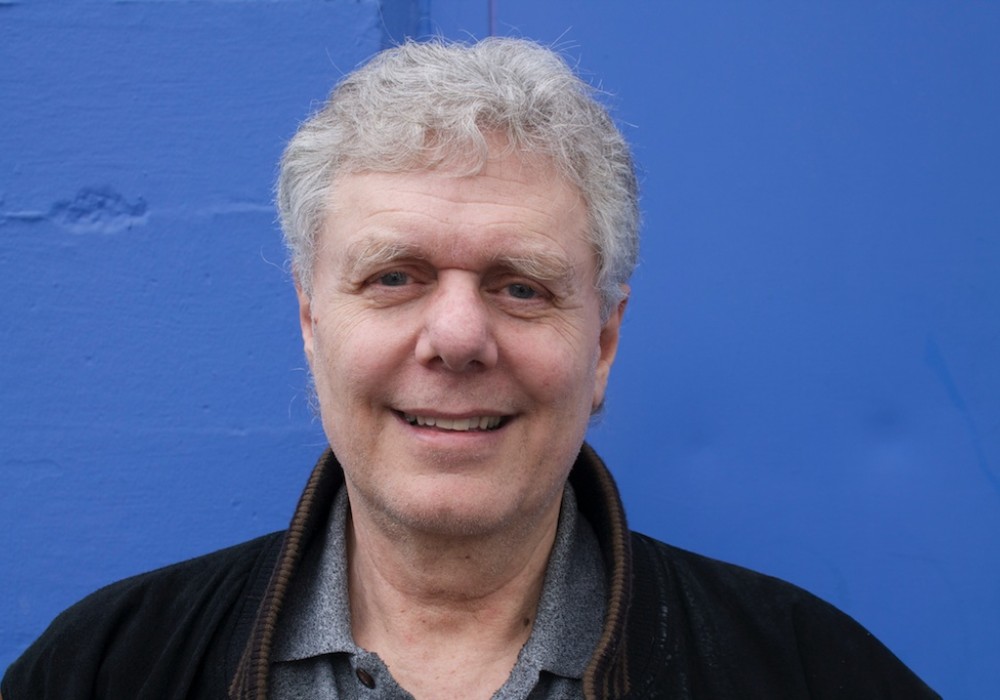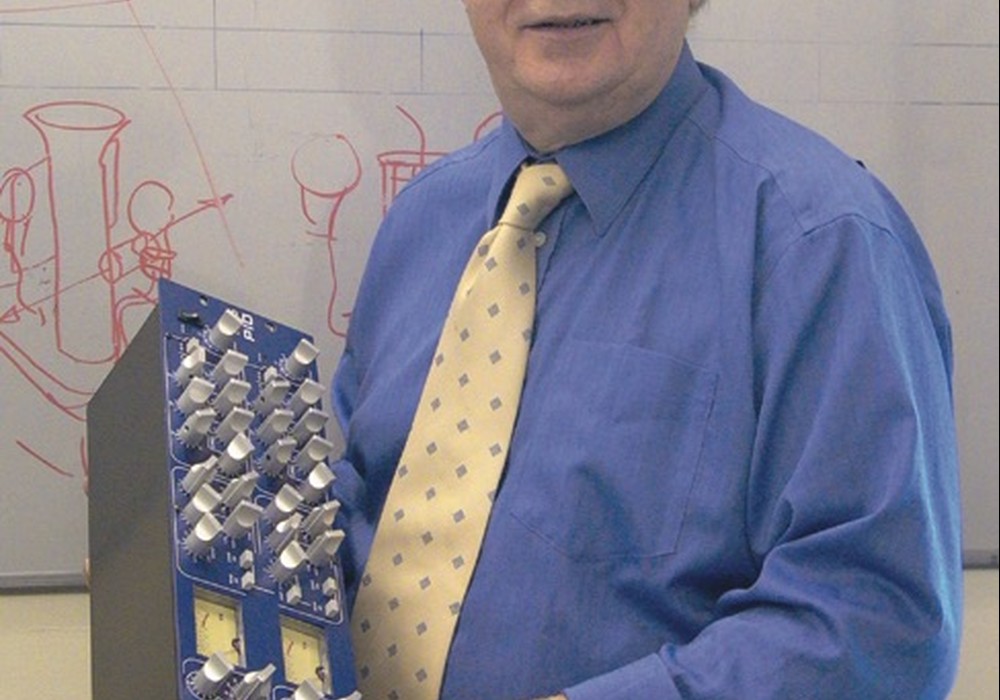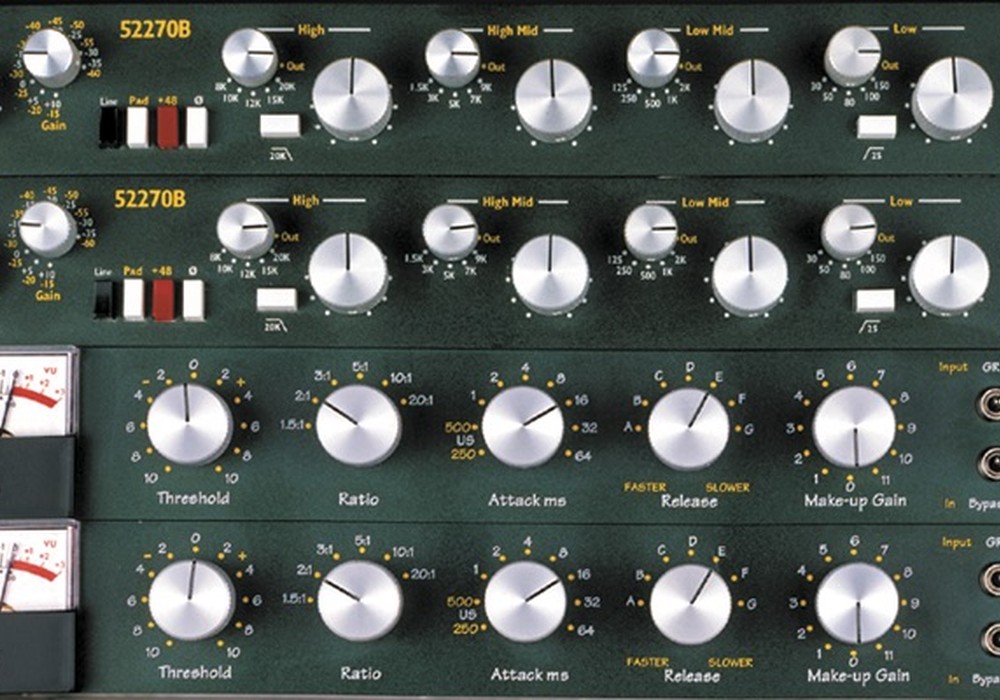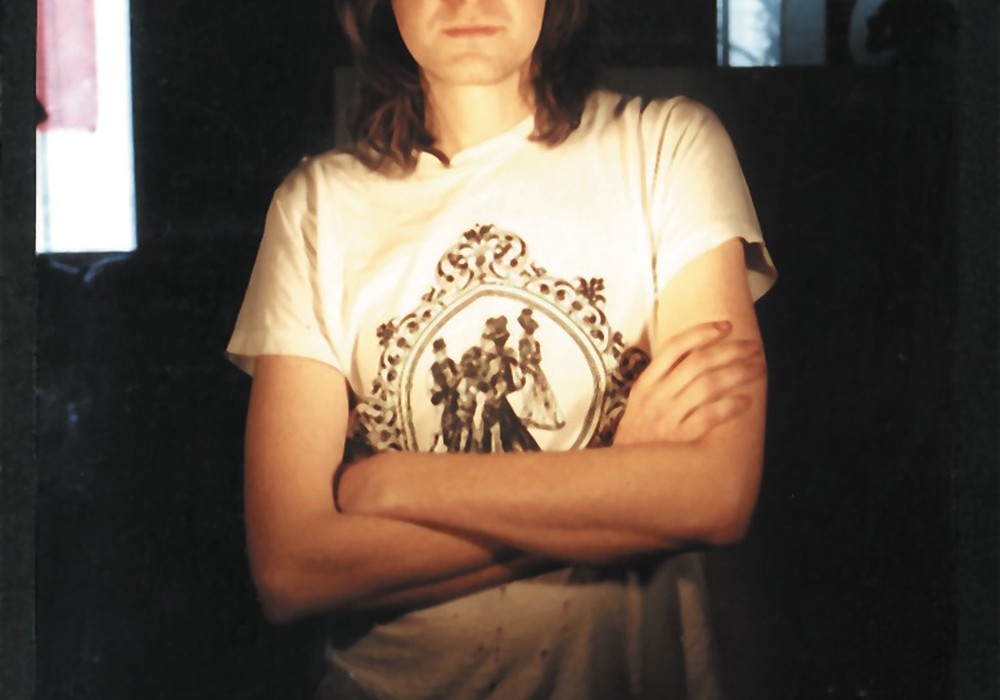Christopher Moore was the man behind the legendary Ursa Major Space Station (SST-282) as well as several other notable innovations in digital audio. Ursa Major was bought by AKG in 1985. Chris was pretty quiet for most of the 1990s until he released a digital clone of the Space Station in 2003.
"I am happiest when I am working like an attic inventor, creating original and useful products. Design goals that I strive for include transparent sound, product coherence, simplicity of use, attractiveness, reliability, good heft, clarity of user interface and overall value to the user."
You began working at KLH in 1969. Were you grabbing a soldering iron as you sat on your mother's knee?
My interest in audio electronics began in elementary school. I would scrounge old radios and tape recorders, disassemble them and, with luck, put them back together. In my first real job as an EE, [electrical engineer] I worked for KLH — a Cambridge company active in the design of stereo equipment. As my career in audio unfolded, I met many talented and colorful characters and am proud to count some of them as lifelong friends.
You joined Lexicon early in their history [in 1973]. What persuaded you to move from the comfortable analog world of KLH to one of the first digital audio companies?
During my four years at KLH, there were shifts in upper management and innovation gave way to the design of safe products — "me-too" products. How many variations on stereo receivers could one design? Out of frustration I took a week away from my regular projects and wrote a paper filled with analysis and suggestions for the future of KLH. When it was complete, I placed a dozen copies in the mail slots of the key people with whom I wanted to share my thoughts. I felt sort of like Martin Luther nailing his new theological treatise to the cathedral door. The response was silence, save for the CFO. After four years I was eager for the next career opportunity. When I saw a product announcement for the Varispeech cassette player that used DSP [digital signal processing] to correct pitch while varying the speed, I was very interested.I was hired at the same time as Ron Noonan, who became president. Lexicon was a small company then, so adding two new hires to the seven already there was a big change.
Your company, Ursa Major, began in June 1977 and released the SST-282 Space Station in May 1978 — the same year as the Lexicon 224 Digital Reverb, but at about one quarter the cost. Why do you think it acquired such a cult following?
Going into my fourth year with Lexicon, I had developed a number of dreams that induced me to leave and found Ursa Major. One was to create a company that would instill pride and fairness in the way we approached each other and our customers. We flattened the salary scale so that the ratio of highest to lowest salary could not exceed 3-to-1. But we also wanted to test ourselves as entrepreneurs, and take up the challenge of developing a low-cost digital reverb. This idea had its roots in a low-cost audio delay, with one input and six outputs for early reflection simulation for a home sound-processor I designed for Lexicon. This product encouraged me to extend the complexity of the delay line to 24 taps. In the Space Station, I slowly modulated and randomized the time delay taps so that it could achieve decay times of three seconds or more without breaking into oscillation. As for achieving a product with cult status, I get a lot of satisfaction from talking with people still using the Space Station 30 years after its introduction. The Space Station algorithm has never been copied, and its sound and adjustability are unique. With a lot of tuning and experimentation, the Space Station sounded pretty good and was dubbed a "reverb effect" by our dealer in the UK. The modulation noise was absent when the decay time feedback was set to zero, so the sound is clean in pure delay and echo modes. I added the echo tap late in the development to expand the range of effects it could realize.
The Space Station was followed by several digital reverb units, as well as a rather unusual multi-tap processor.
You would be correct if you observed that I stayed in the groove of multi-tap delay as an architecture in most of the Ursa Major products. This permitted precise control of EQ, gain, and delay while the signal was dipping in and out of the digital and analog domains. I struggled to find a low-cost way...
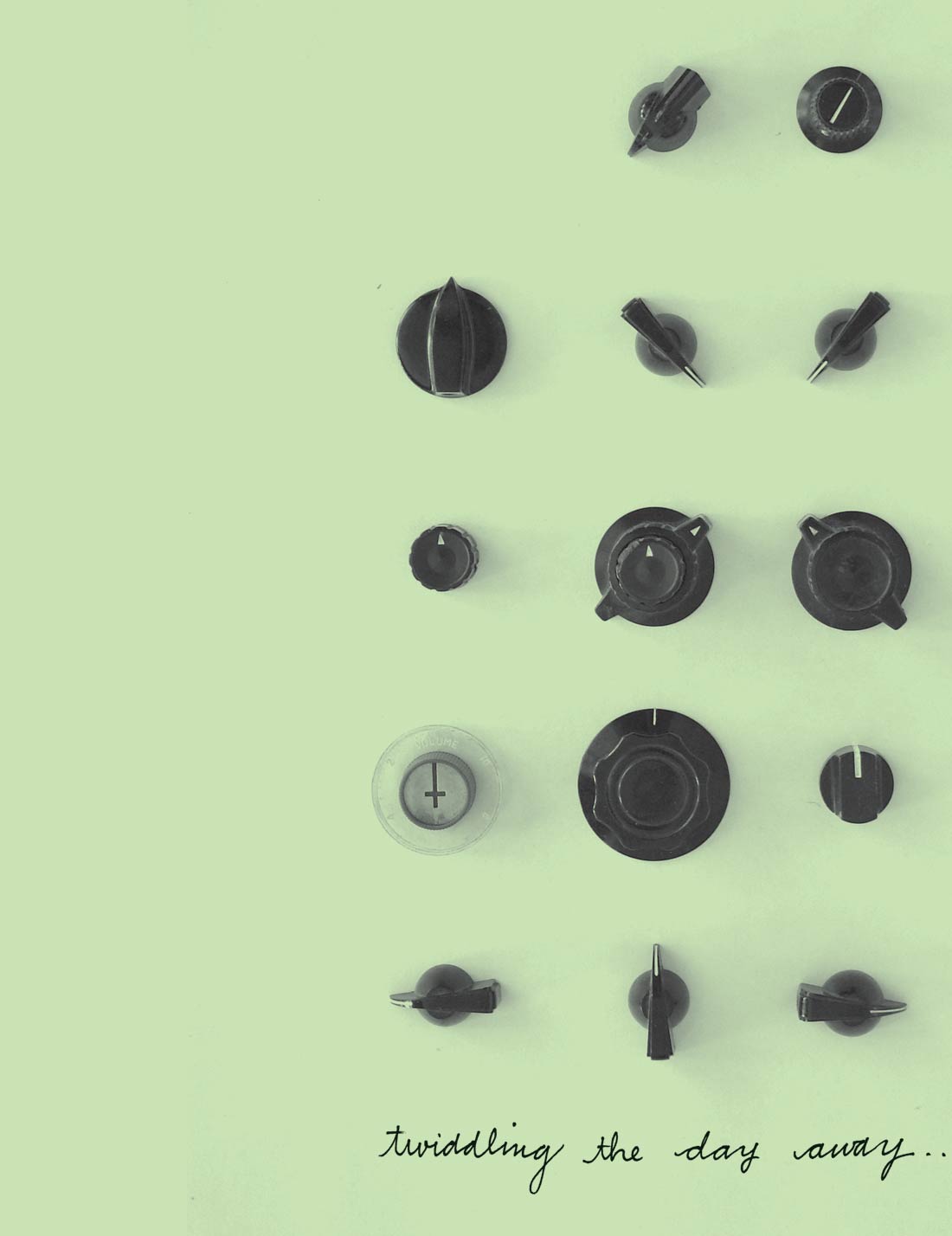

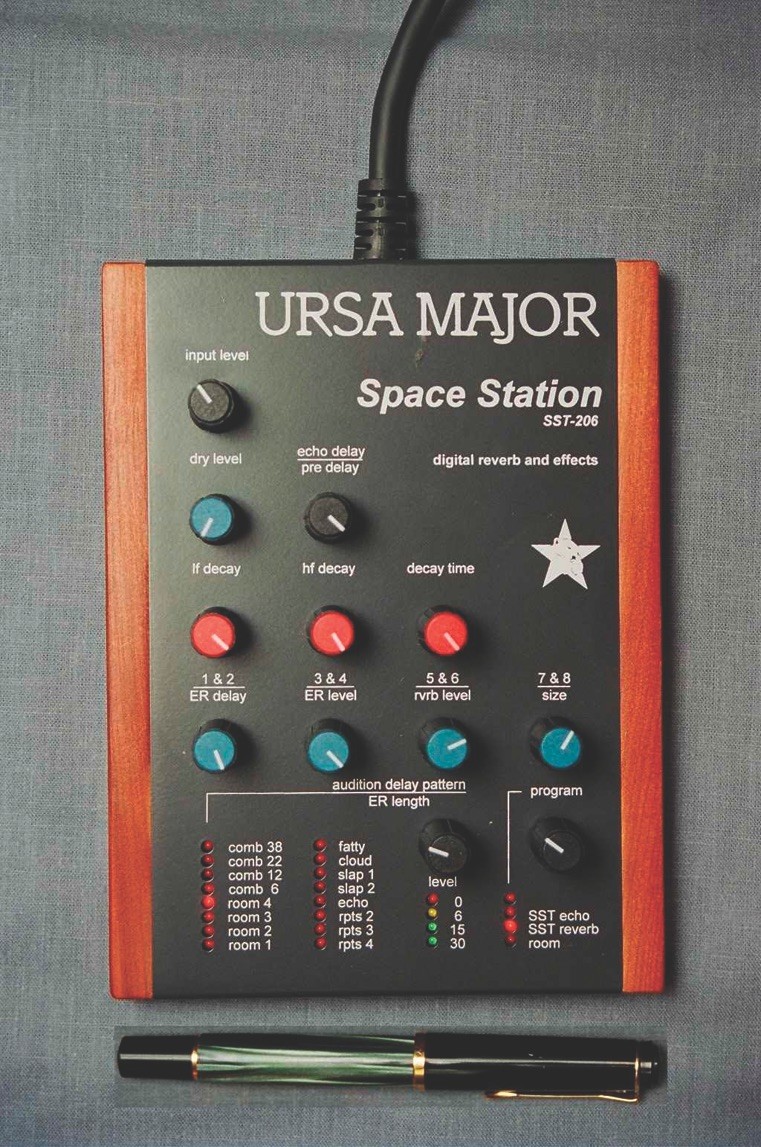
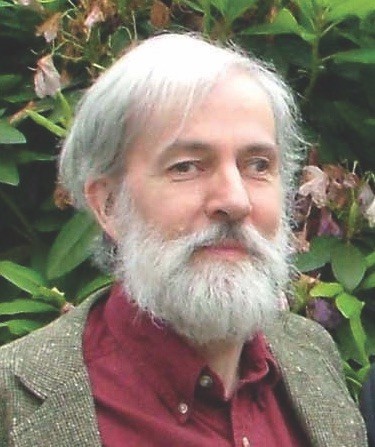


_disp_horizontal_bw.jpg)
